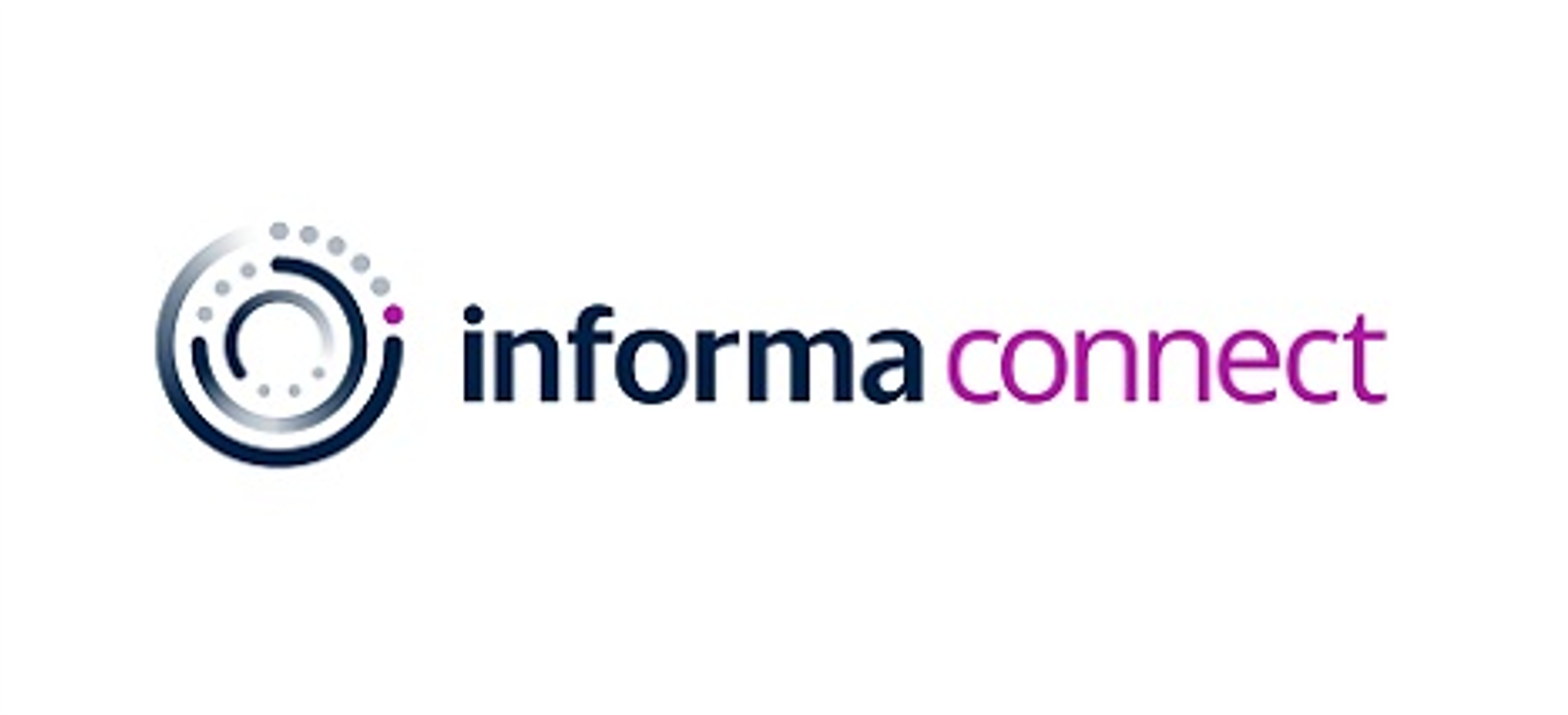With fresh faces on the staff team and a new student cohort, it's also a time of excitement and anticipation about what everyone can achieve over the coming year.
School plans and priorities
If your school is looking at ways to introduce new technology into the curriculum over the coming year, forming a dedicated strategy can help track and formalise the process in the same way as with strategic and curriculum development plans.
When thinking about technology, schools have tended to focus on its impacts in terms of student progress and outcomes. Increasingly though, leaders are also thinking about how it can help staff wellbeing by finding ways to reduce workloads, even in small ways – by closing the feedback loop, for example.
Such initiatives can be positive for staff retention, providing better stability and continuity for schools and students over the longer term, not to mention reducing recruitment costs. So, it's clear that having a comprehensive digital strategy can help unlock and realise potential benefits across the whole school.
Plan to elevate your technology use
We should all know by now, however, that such a project takes work. You can't just install a solution and ask staff to use it without making the time for them to train, acclimatise and become confident with it. It takes some time to reach this point; however, once they do, it is then they can begin to innovate and use the technology creatively.
Start by thinking about your high-level objectives to help shape your overall strategy and ensure that it can become sufficiently embedded for you to realise the benefits, not just in the classroom but in all areas of the school. For example:
• Are you clear on what you're trying to achieve by introducing new technology? Define your goals. Before you embark on your journey, you should know where you're going.
• Have you considered including technology in teacher training days before the academic year begins?
• What CPD will you plan to refresh the technology's purpose and use? This will avoid any drop-off in interest and ensure staff can benefit from the technology's continued use.
• Have you considered how you can share professional development around a particular tool?
• How will you measure its impact and evidence it?
Be sure to include stakeholders from all parts of the school as you plan to move forward. There are two reasons: one, it is easier for everyone to get on board with changes if they are consulted and included, and two, talking to different departments within the school may spark ideas or reveal issues senior leaders may not have known about otherwise.
What about AI?
When you consider the distribution of teachers' workload and learn that, in many cases, they spend less than half of their working hours1 in direct contact and interaction with students, it's clear there needs to be a shift of emphasis. If we learned anything from the pandemic, where technology use quickly became the answer to keeping education going, it is that it can help us do things differently – and that includes reducing effort.
We've all had an AI immersion in the last few months – ChatGPT, Bard, Adobe Firefly – and those tools may or may not resonate in your corner of the education space. However, we should investigate the practical applications to unlock its potential to reduce workload and save time in areas such as lesson planning, feedback and creating unique resources. It isn't an immediate, 'big bang' change we should look for; even incremental shifts can start to ease the pressures in many areas. It's certainly worth investigating how it could work in your school.
Don't forget data
Schools should always be mindful of the issues around personal data. Along with securing their networks, being aware of the amount of student, staff and parent data they hold, how long for, and whether that complies with data legislation, should never be left to chance. Data management is a task in itself but there are now technology tools available to keep things in order so that every facet is not a manual task.
Classroom data is a rich source of information, whether it is something as simple as using assessment data to shape the next steps or, at the other end of the scale, using AI to predict outcomes. But with little time to spend studying it, teachers could be missing out on valuable data insights into their students' progress. Solutions providing real-time analysis allow teachers to identify areas for intervention and support – they can then use the appropriate technological approach to offer personalised learning pathways for support.
Roll with it
Technology is moving fast and we cannot simply drop the ball and stick to what we have always done. Keeping up and unlocking its potential to help us in all areas of school life is the key to advancing education and keeping staff and students in sync with the world.
1 How artificial intelligence will impact K–12 teachers (2020). https://www.mckinsey.com/industries/education/our-insights/how-artificial-intelligence-will-impact-k-12-teachers


